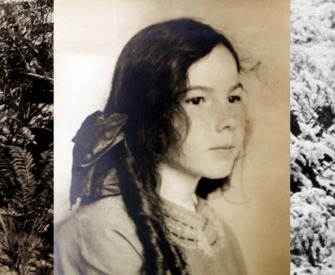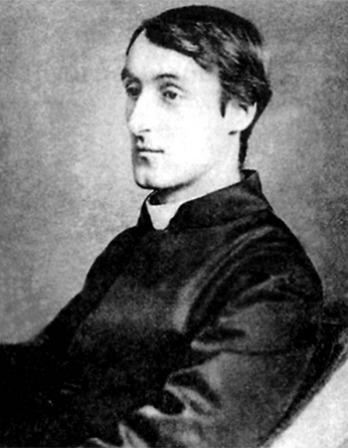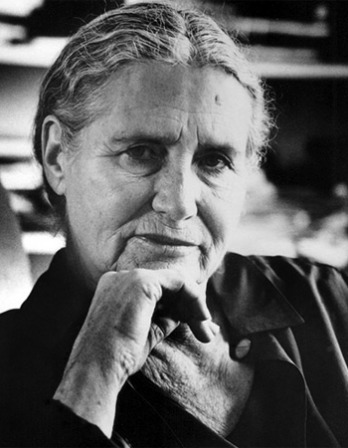A good newspaper, I suppose, is a nation talking to itself.
—Arthur Miller, 1961Turn On, Tune In
The great and growing army of wireless boys.
Wireless is a thrilling pastime.
Fancy a boy sitting in his room at home with his fingers on a telegraph key and a telephone receiver to his ear listening-in to the news of the world as it is flashed out from the great coast stations or by ships far out at sea! It’s a great experience.
Yet thousands of boys are doing this wonderful thing every day and night of the year, and you, my young friend, can do it as easily as they, for any boy can own a real wireless station, if he really wants to.
If you have sharp eyes, you will see everywhere you go webs of wire spun from the housetops and barn gables, or spanning backyards, and often front yards, too. These wires are not clotheslines; no, indeed! They have a far higher and, I should say, as useful a purpose as clotheslines, for they are wireless wires.
These wires are called “aerials” by wireless operators. The word “aerial” may sound a little hard at first, and there are some other words used in wireless that are hard for the outsider, but they get to be very common words to the boy who puts up his own station, for there is no lesson so easily learned as the one taught by the thing itself, and no school like that of doing things yourself. Some of these aerials have a stretch of only twenty to thirty feet of wire, while others have upward of one thousand feet, the amount depending on the place, the pocketbook and the boy.
But you don’t need to spend a lot of money to put up a good wireless station, for I have many boy friends who made all the apparatus they use, except the telephone receiver, and their stations work as well as those of some others I know who bought their outfits ready for use.
To be a wireless boy and make your own apparatus is to have the kind of stuff in you of which successful men are made—men who, if they were shipwrecked on a desert isle at daybreak, would have something to eat by noon, a spring bed to sleep on by night and a wireless station the next day sending out an SOS to ships below the horizon, for help.
All you need to do to become a member of the great and growing army of wireless boys is the desire to own a station, and the rest is easy. A reading of this book will point the way, and, if my advice is followed, a successful station will result.
But if you should have any trouble and if any questions should come up which puzzle you, if you will write to me, I shall gladly do all I can to help you.

Archie Frederick Collins
From The Book of Wireless. Following Guglielmo Marconi’s patent on a wireless telegraph system in 1896, interest in harnessing electromagnetic waves for the purpose of communication grew on both sides of the Atlantic. Collins was experimenting with such technology around the turn of the century and could broadcast music wirelessly by 1908. Among the many books he published were How to Fly, The Boys’ Book of Submarines, and Gas, Gasoline, and Oil Engines.




